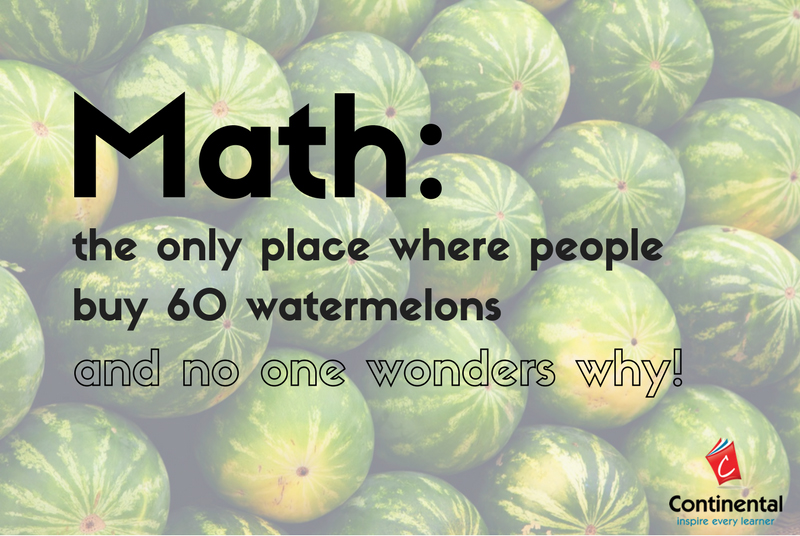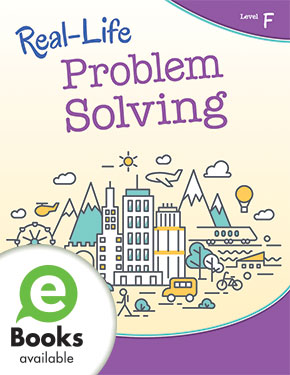Using Math in the Real World
There’s a popular math meme that says, “Math: The only place where people buy 60 watermelons and no one wonders why.”
After a chuckle, you might realize there’s some truth to this joke. Sometimes, it may seem like math has nothing to do with the real world. In fact, it’s likely your students have asked you, “Why do I need to know this? When will I ever use this in real life?”

Of course, as a teacher, you know that math matters. Making math relevant to your students can be challenging, however.
You can talk about the importance of learning addition, subtraction, statistics, geometry, algebra, and more, but your students might not see the real-world applications. The truth is, we all need math. Math teaches us how to solve problems, a skill that’s useful in all career fields and just for navigating everyday life.
So, how can you make math relevant to your students? Try these examples of math in the real world.
Mix It Up
Cooking and baking are great ways to show your students how math applies to life outside of the classroom. Lead your students in reading recipes, discuss fractions, and talk about how to double a recipe or cut one in half. Then, reward their hard work with a hands-on lesson. Try this classic recipe that will let them get sticky while they learn!
Checks and Balances
Create a checkbook system in your classroom, where students can learn how to balance a bank account—a real-world skill we all need! Make your own “classroom dollars” and give them opportunities to spend and save throughout the year, from renting their desks monthly to earning cash for good behavior. They’ll practice basic math in the process, and, if you end the unit with the opportunity to purchase items with their hard-earned money, you’ll teach them the value of saving and budgeting.
Buying Power
After your class has earned classroom dollars throughout the year, hold a yard sale or class auction. Have students donate items and let them spend their money however they’d like. Add to the challenge by announcing discounts—“everything’s 30 percent off for the next 10 minutes”—and let them do the real-world math to see what the new price would be.
Measure for Measure
Many jobs, from construction workers to architects, require accurate measuring skills. Measuring and math go hand-in-hand, and you can up the fun factor in math by setting your students free throughout the classroom—or even the school. How tall is the principal? How long is the hallway? What’s the square footage of the gym? The possibilities are endless.
Map a Course
With GPS as a regular part of our daily lives, many students have lost the art of reading a map. Map reading uses math skills, too, requiring an understanding of scale, coordinates, distances, fractions, and more. Chances are, your students have never really had to use a map to get anywhere. Go on a virtual field trip by following a map to your favorite destination, and practice math in the process.
Shop ’til You Drop
If your students are struggling with percentages, let them practice with ads from the newspaper. They can shop for their favorite items while figuring out how much they’re saving if an item’s on sale. Or, assign grocery shopping homework and have students predict how much their grocery bill will be before shopping. At the store, students can calculate savings from coupons, sales, and buying in bulk to see how accurate their predictions were.

Make problem solving meaningful for students. Lessons feature kid-friendly topics such as movie marathons and summer fun to reinforce problem solving skills and understanding of math in daily life.
View Product →
